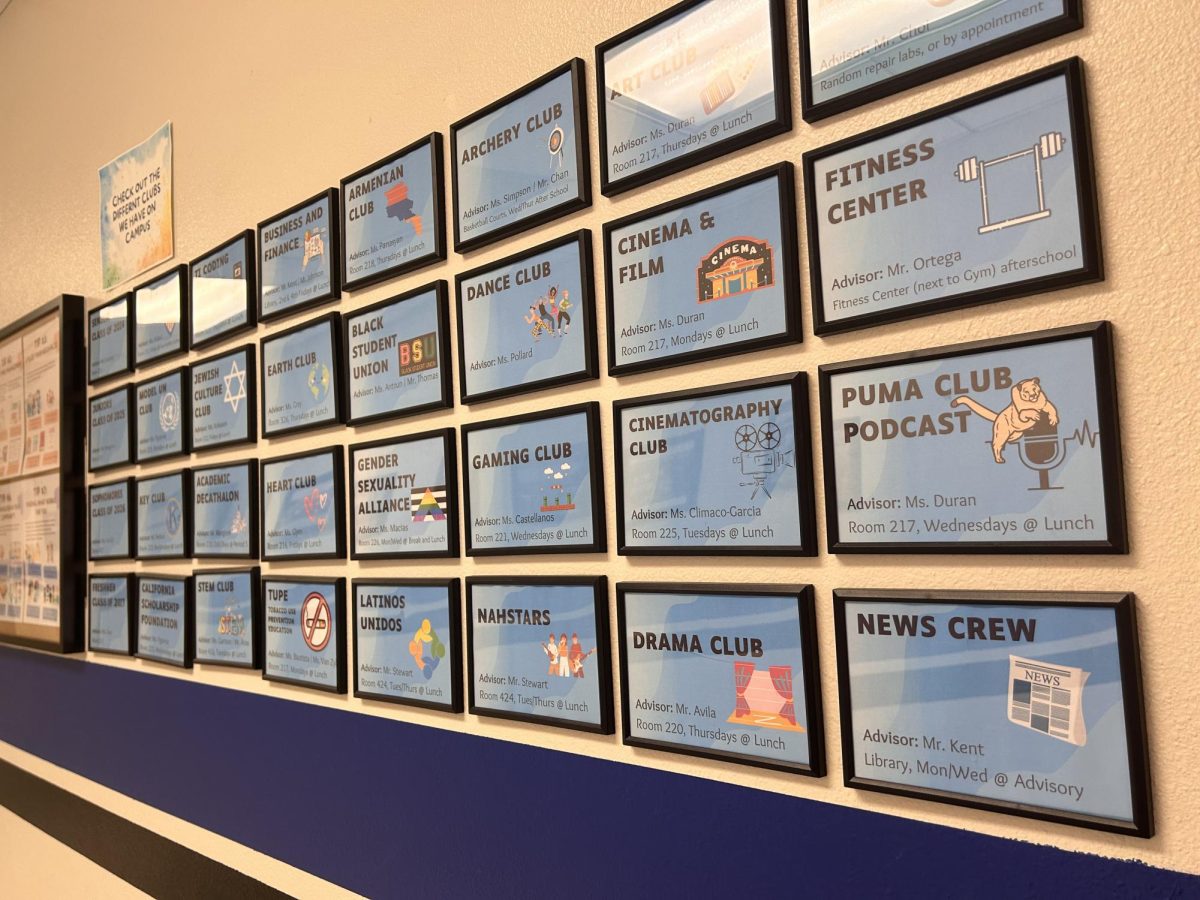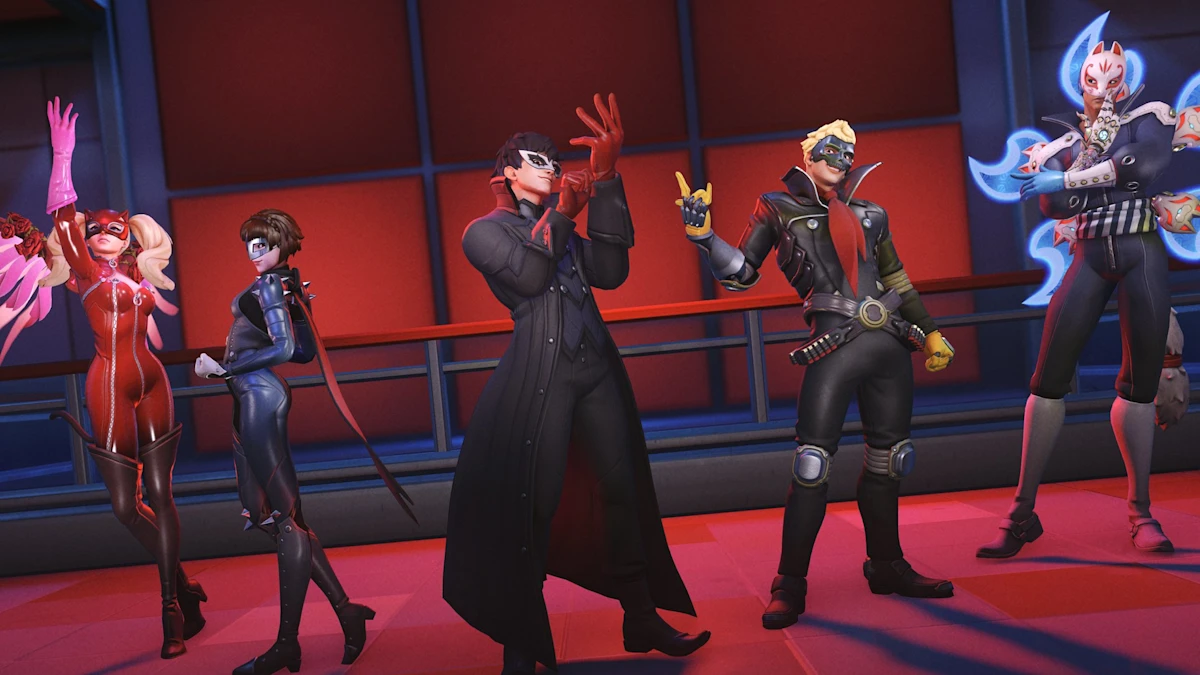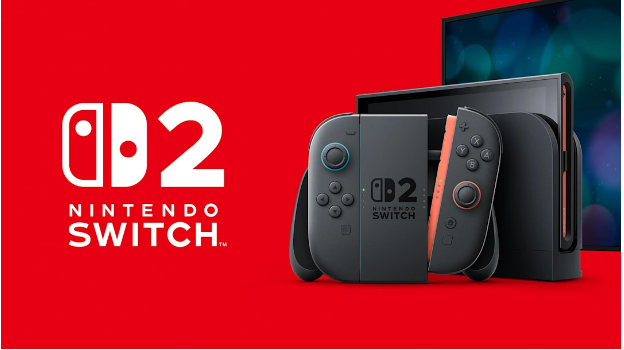Every few years the world is introduced to a new generation of gaming consoles with every major company (Nintendo, Sony, and Microsoft) competing for market dominance. For the longest time Sony’s Playstation has sat atop this market, always providing a similar yet increasingly powerful console fueled by a steady line of exclusive games. According to CBR the original playstation, PS2 and PS4 were the best selling consoles of their respective generations. Meanwhile, Nintendo lagged behind, never reaching the technological standard that its competitors set every year, whether it be in speed or graphical output. Instead Nintendo has found its niche in its innovative designs, constantly redefining what a game console should be able to do and the experiences possible with it, making it so no console was truly the same.
The Nintendo Wii became the first console with advanced motion controls in 2006 but despite its overwhelming success selling 101.3 million units (via EBSCO), Nintendo flipped the script the next generation with the Wii U, offering a completely different experience with its “Game-Pad”. The company’s willingness to break away from the monotonous formula that the industry has stuck to for so many years was a refreshing change of pace.
After the commercially unsuccessful launch of the Wii U, Nintendo came back in a huge way; They redefined the gaming console once again to push them into an entirely new direction. In 2017 the Nintendo switch was released, a never before seen concept deemed a “hybrid console” after its ability to be played as a handheld portable console and a home system via “dock” and “joy-con” controls which could be removed and switched on and off. The switch received overwhelming praise and sales (152 million units sold) despite its hardware’s ability being dwarfed by that of its contemporaries.
Since the smash hit of the original console, rumors of a potential successor with speculated names such as the “Switch Pro” or “Switch 2” had circulated to every corner of the internet. After all, it seemed due and frankly inevitable; with the releases of the next generation of consoles (PS5 and Xbox: Series X) the switch’s lag in hardware became increasingly apparent. Now, after the long awaited announcement of the Switch 2 it seems Nintendo has finally found its blueprint, a flagship model which they could define their future as a company for years to come. The new model improved on everything the console’s predecessor had been criticized for such as its graphics, storage, speed, and size. Notably, Nintendo hasn’t entirely broken away from its innovative roots, including new mouse function in the upgraded “joycons”.
Only time will tell what path Nintendo decides to take in regards to its future console endeavors beyond this generation. But as the console is set to release on June 5, it’s clear that the increasing capabilities of the system represents a break from the company’s typical practices and has the potential to open new doors to unique gaming experiences with less limitations to the creativity of game developers and gamers alike.




















